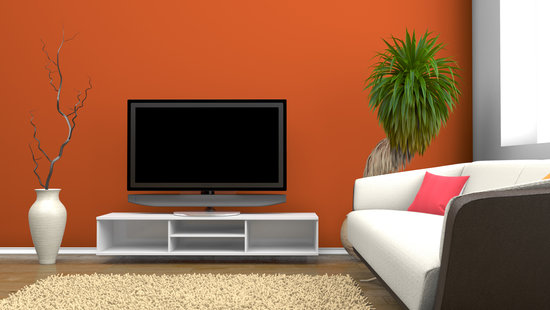Interior designing is one of the niche subfields of Architectural design, dealing with the designing of the internal structure and space of the building by incorporating smart prototypes that match with the environment. 3D printing in Interior designing has helped in this space in various ways of the process of designing. The top 10 applications are:
1. Concept Model: It helps to design various concept models that showcase the design of the structure, where 3D printing reduces the build time and such effectively reducing the design cycle and the overall budget of the design.

2. Customized Detailing: Designers sometimes need the help of 3D printing to design some complex shapes of a module. This process is difficult to do by using conventional manufacturing and is done with the help of 3D printers.
3. 3D printed Structures: Interior designers design new internal structures with the help of 3D printers to build the rooms of tomorrow. This is extremely sustainable and is possible to design with less cost and manpower.
4. Interior Structures: The design of interior models or structures to complement the nature and elements of the design of the surrounding can now be done quickly and visually by interior designers. This will help this profession to frame new and challenging ideas quickly just by experimenting and visualizing it on the CAD software.
5. Furniture: Novel interior designers can design new furniture to make their entire design customizable just by drawing it on CAD software, to experiment with the outlook of the designers. However, the drawback was that unique structures would take pretty long to build and design. This was solved with the help of 3D printing technology.
6. Lightings: The design of lighting is a useful approach to effectively control the ambiance and lighting of the room. One way can be done by designing the structure of the lamp cover. 3D printing can aid in this approach by quickly creating the design which allows for versatile testing of the overall design.
7. Lightweighting: This is an approach in design where the designers create a lightweight design that is yet functional. 3D printing helps to design such products easily and this is useful for interior designers because lightweight design helps the designer to create functional and smooth designs for accessible rooms.
8. Material Experimentation: Designers are allowed to experiment with new materials to bring forth their conceptual design to reality. This can be done mostly with the help of 3D printers which may allow flexibility in the usage of various materials for the design.
9. Smart Home Designing: 3D printing can help interior designers to design modular shapes to make them upgradeable or modified for future use. This is useful for the installations of new technologies in the future. 3D printing can help in this aspect by quickly replacing the required modular structure with a new one.

10. Minimalist Design: Since 3D printers have a specific area they can cover, this limitation can be a boon for designers looking to design a minimalist requirement, where the constraints are tight. This will help designers to shape the model around the design floor of the 3D printers.
Summary:
Design is a versatile field, which is supported with the help of 3D printers to make the ideas of future designers a reality. 3D printing has thus made many forays into interior designing in any aspect of the design cycle, and even improve it.
Labdox is a platform to help learners acquire core engineering and entrepreneurial skills in emerging technologies. It provides a one-stop place for validated and Industry mapped courses from around the globe. In the 3D Printing Course, you will able to know all aspects of designing using 3D Printing
Labdox provides the wonderfully designed online 3d printing Course, Register yourself and start learning!
